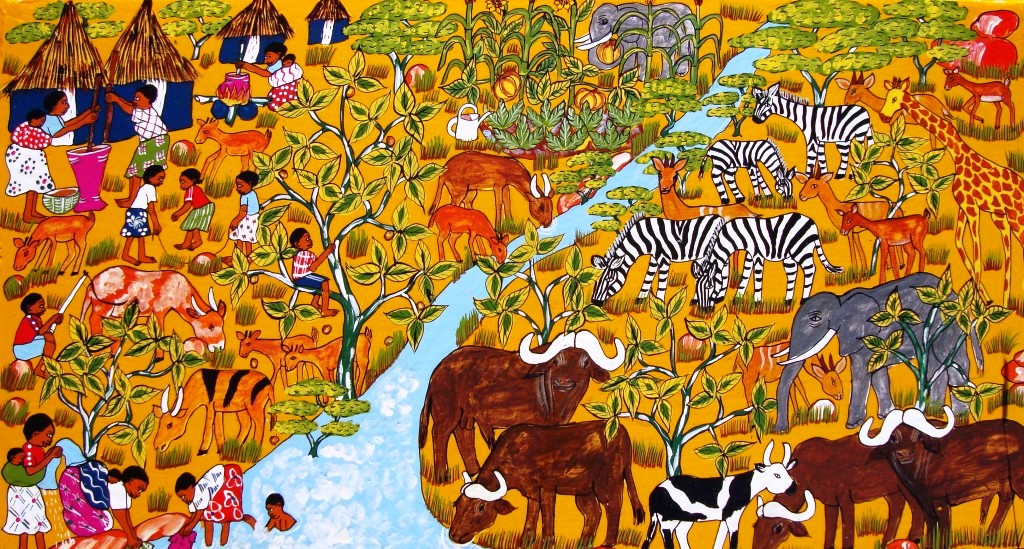About the platform
In recent decades, the human footprint on ecosystems has increased drastically, particularly in developing countries, a process driven mainly by the increase in human populations and their activities. As a result, more and more rural communities seek a decent livelihood in the periphery of protected areas. The wildlife/livestock/human interfaces created by these processes are a source of Human-Nature interactions : most of them are negative and our objective is to shift the balance towards positive interactions.
In Zimbabwe, this expanding Human/Nature interface has serious implications at various development and conservation levels. Agriculture in semi-arid ecosystems is difficult and the erratic rainfall often decreases the chance of success of crops. Wildlife is attracted outside national parks looking for food and water, destroying crops , sometimes killing people, predating on livestock or spreading disease at the wildlife/livestock/human interface. Conversely, the presence of human population and their livestock in proximity of protected area borders can threaten conservation through unsustainable natural resources harvesting such as poaching, environmental degradation or spread of disease to endangered wildlife populations.
However, these human-nature interactions are not bound to be negative. They represent an opportunity for development through combined conservation and development initiatives. Even if conservation-based economic activities (hunting, tourism) will not offer a golden bullet for entire rural communities in the periphery of protected areas, they are a part of a broader picture where Human-Nature conflicts are mitigated, natural resource management provides substantial local economical profits, sustainable agricultural products (mostly livestock in semi-arid areas) find profitable markets and biodiversity is sustainably used and protected.
Sustainable socio-ecological systems benefiting from Human/Nature interfaces are our common goal.

